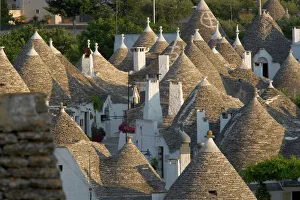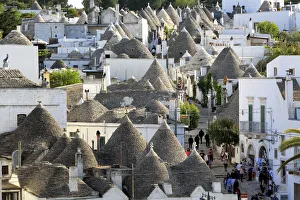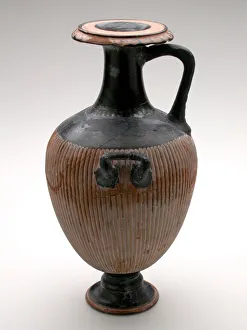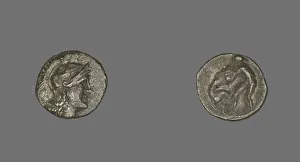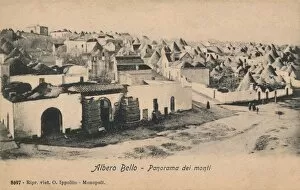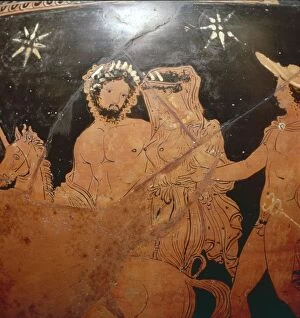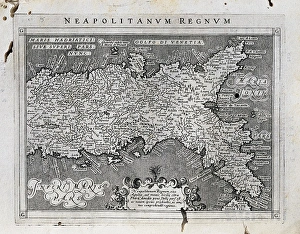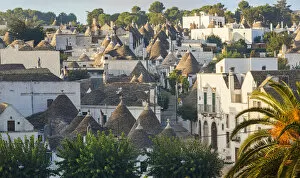Apulian Collection
Discover the enchanting beauty of Apulia, Italy's hidden gem
All Professionally Made to Order for Quick Shipping
Discover the enchanting beauty of Apulia, Italy's hidden gem. Immerse yourself in the picturesque town of Alberobello, known for its unique Trulli houses that dot the landscape. These traditional cone-shaped dwellings are a UNESCO World Heritage site and offer a glimpse into the region's rich history. But Apulia has more to offer than just stunning architecture. Delve into its ancient past through exquisite artifacts such as the Loutrophoros and Hydria, crafted by renowned painters like Varrese Painter and Iliupersis Painter. Marvel at the intricate details of the Knob-Handled Patera and Large Apulian red-figure krater, showcasing masterful ceramic craftsmanship from centuries ago. Step back in time with historical relics like Staters depicting horsemen, transporting you to an era when these coins were used as currency. Admire the elegance of Guttus pouring vessels and Kantharos drinking cups, testaments to Apulia's artistic finesse during 330-300 BCE. Uncover mysteries surrounding ancient creators whose identities remain unknown but left behind timeless legacies. From their skillful hands emerged beautiful Hydrias and Kantharos drinking cups that still captivate us today. Let your imagination soar as you explore this captivating land where history comes alive at every turn. Experience Apulia's charm firsthand – wander through Alberobello's Trulli houses or admire priceless artifacts in museums – it will be an unforgettable journey through time.

